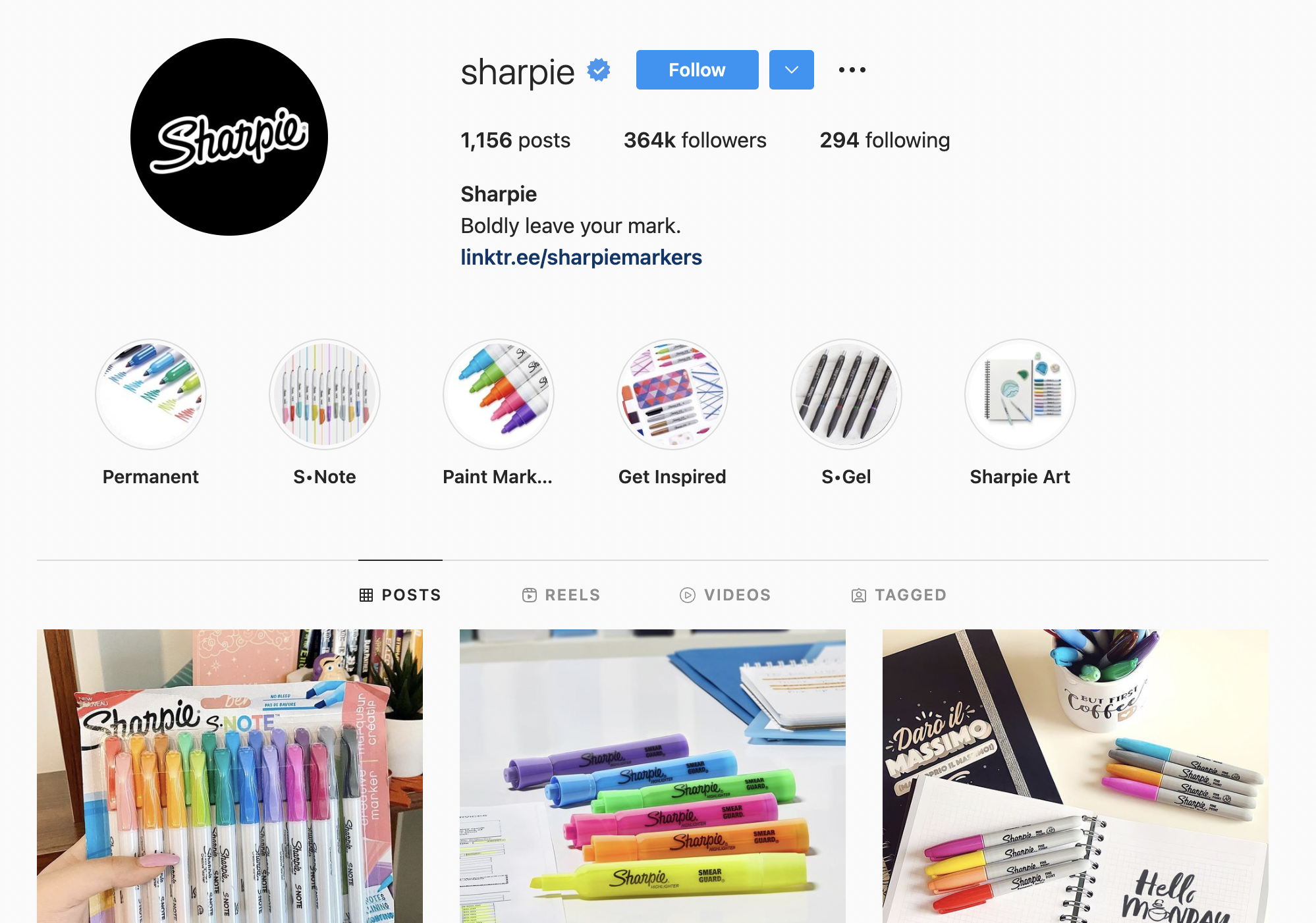- Blog Home
- Social Media Marketing
- Jubilee Heutmaker
- 3 Social Media Best Practices
3 Social Media Best Practices

Social media is a complex undertaking for a business and it moves fast — making it easy to make a very public mistake and hard to keep up with the trends. Following the social media content writing best practices listed below will help you stay on track with your content on Facebook and Instagram, as well as other social platforms.
1. Know Your Audience and Their Social Media Habits
Before you start posting, it’s essential to have a clear understanding of the audience you want to reach. Age and other basic characteristics that are commonly tracked are just the beginning; to get to know your target followers, you’ll want to research:
- Demographics, including age, location, gender, income, education, occupation and family
- Behavior traits, such as personality, attitudes, values, interests and lifestyle factors
- Websites, social media channels and other media they frequently consume
- Their needs and challenges, and how those obstacles affect their lives
There are many resources to begin gathering this information, with the most valuable being your current customers and audience. Some examples of ways to learn about your social media followers include:
- Google Analytics and Analytics from your social channels
- Surveys and one-on-one interviews of customers and followers
- Comments and other interactions on social media
- Market research and industry publications
- Review of competitors and what they use to target the same audience
This information will help you tailor your social media strategy to the individuals you want to reach, from the topics you include and elements you highlight to the tone and style of your content. For example, the BarkBox Instagram account is a perfect example of understanding their audience: the feed is dedicated to user-submitted dog pictures (some including BarkBox toys), along with captions that “pet parents” are sure to relate to. Similarly, Red Bull uses its Facebook presence to highlight the extreme athletes and stunts that attract and inspire their target audience, earning a high level of engagement on each post.
2. Develop Your Brand Voice in the Captions
With social media, how do you establish a recognizable presence that people want to hear from repeatedly? The answer is a distinctive voice and style for your captions on Instagram, Facebook and the rest of your social media channels. Start by identifying the personality traits that you want to define your brand and use your audience research as a reference. Tone and voice characteristics to consider include:
- Playful or formal
- Professional or quirky
- Contemporary or classic
- Approachable or elite
- Innovative or familiar
- Youthful or established
- Friendly or authoritative
Once you’ve determined the traits that suit your brand and audience, you’re ready to infuse your Facebook and Instagram captions with your brand voice. This includes:
- Planning your post content around your brand traits
- Using terms and phrases that reflect the chosen voice
- Engaging with memes and trending topics that fit your account personality
- Keeping the tone consistent from post to post, regardless of the caption content
Some brands on social media have made an art form of honing brand voice. Wendy’s Twitter account is so infamous for its humorous quips and snarky comebacks that you could almost identify their tweets without seeing the Twitter handle. On Instagram, Sharpie keeps its writing tools front and center with captions that are colorful, positive, practical and all about encouraging creativity in many formats.
3. Take the Opportunity for a Call to Action
Every piece of content is an opportunity to persuade your readers and viewers to take the next step and your social posts are no exception in this content writing best practice. A call-to-action (CTA) can encourage your audience to engage with your content or get farther on the journey from follower to customer or client.
To get the best results, keep the following guidelines in mind when writing the call-to-action for your social media caption:
- Stick to a single CTA for each post that you write
- Start with the end goal in mind and use CTAs to customers in that direction
- Keep the CTA brief and easy for your viewers to follow
CTAs can range from asking for a click on the “like” button to much larger actions. Some examples of steps that you can ask from your followers are:
- Engaging with a post by liking or sharing it
- Responding to a question or poll
- Watching a video shared in the post
- Visiting a related link on your website or third-party site
- Signing up for a newsletter or other special offer
- Making a purchase in your online store
HootSuite consistently shares practical articles and downloadable resources on its Facebook page. A recent post is the perfect example of a compelling CTA, quickly highlighting the benefit (driving social reach) before directing followers to click on the case study link. Over on Instagram, Headspace includes simple CTAs centered on encouraging positive thinking, mindfulness and mental wellness.
Social media seems simple but takes work and planning to execute effectively. Starting with these social media content writing best practices, you can build a consistent strategy that makes it easier to reach your ideal audience. Yet keeping up with the constant need for new content is challenging. If you’re ready to build (or start) your social media content system, learn more about Scripted’s experienced social media writers and how they can help take your channels to new levels.
Published by Jubilee Heutmaker on Thursday, January 6, 2022 in Social Media Marketing, Social Media, Social Media Marketing.






